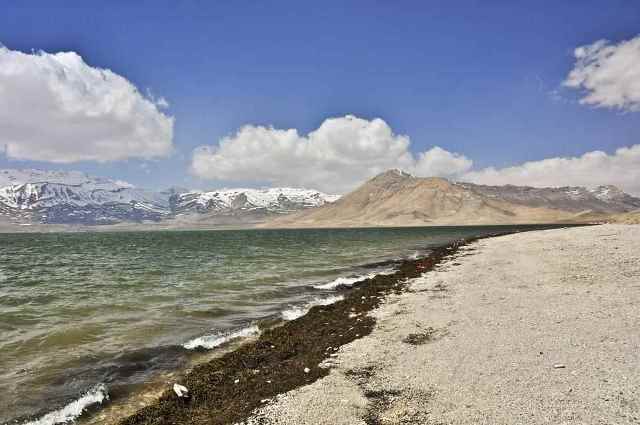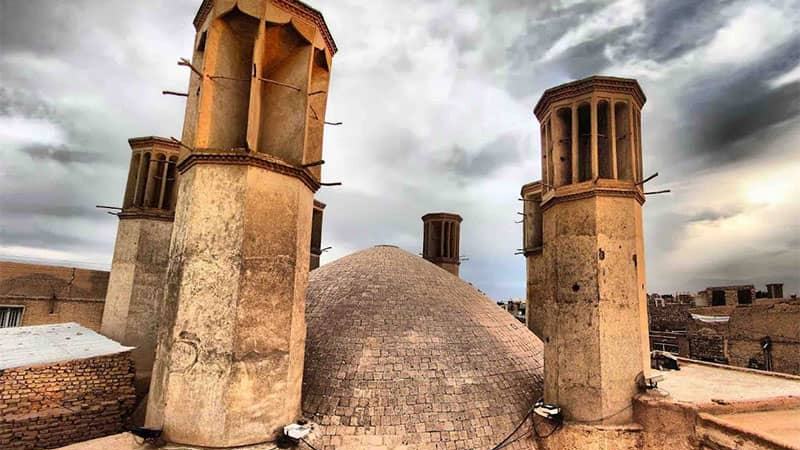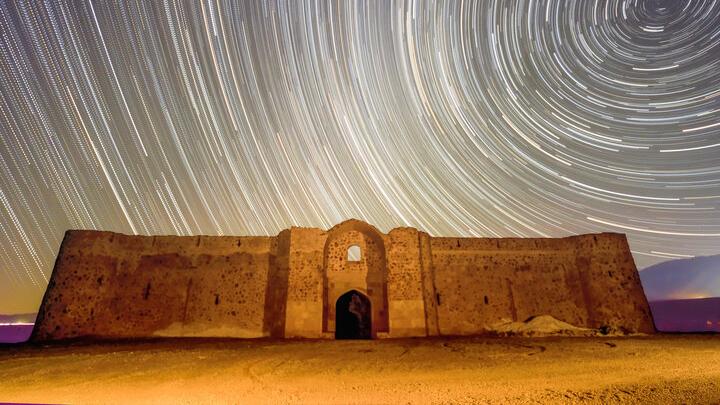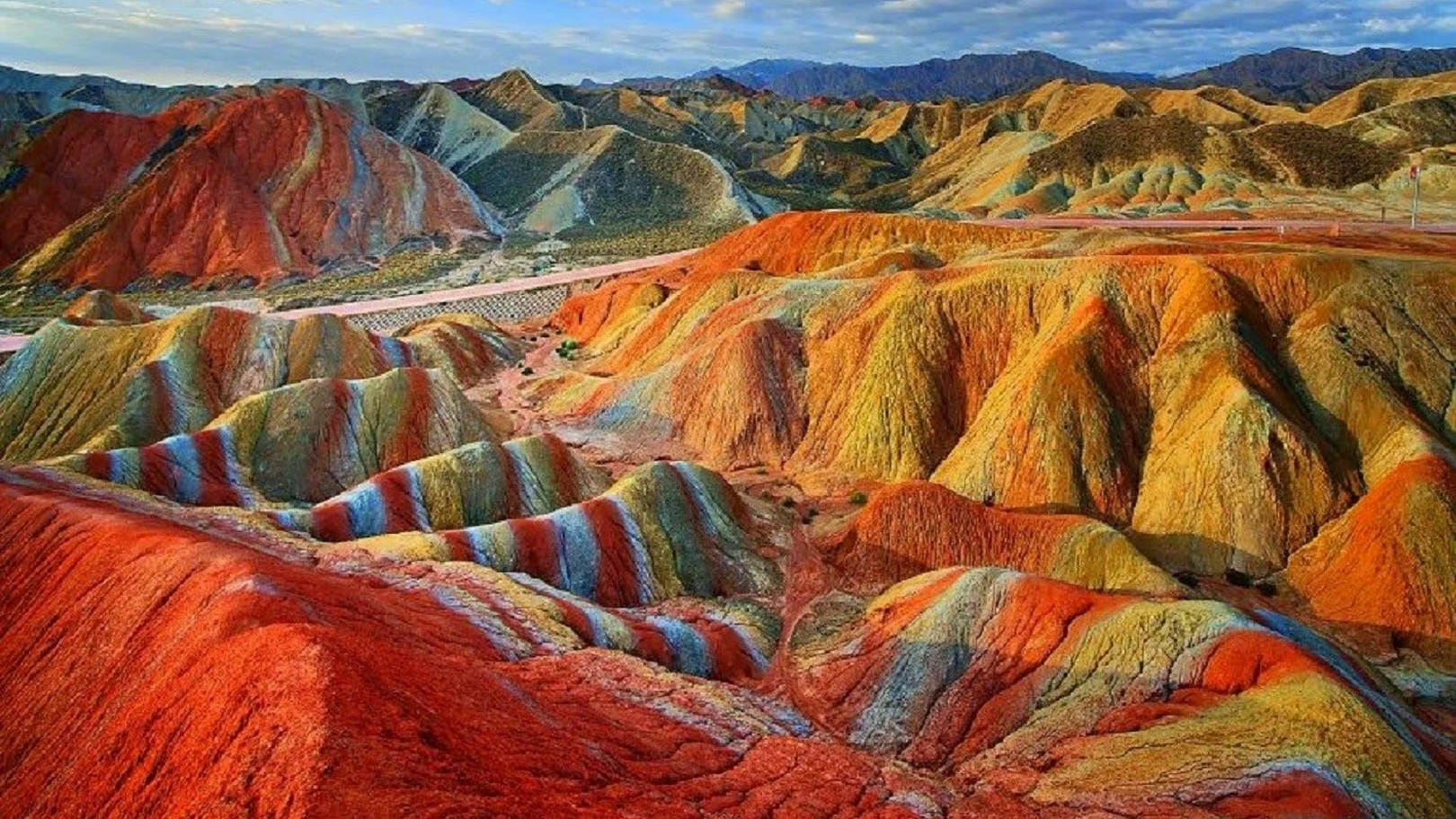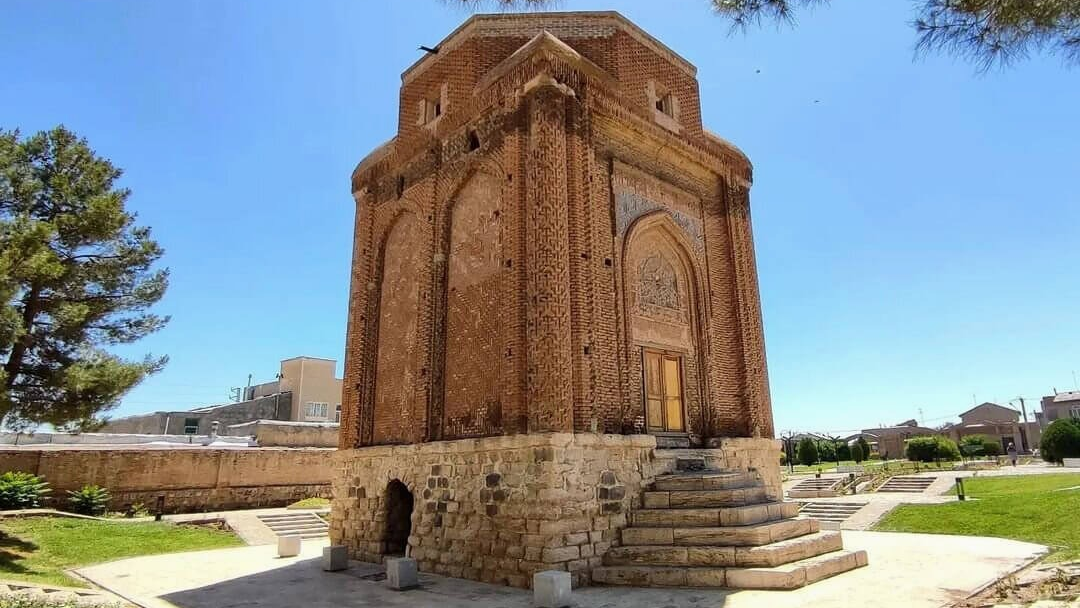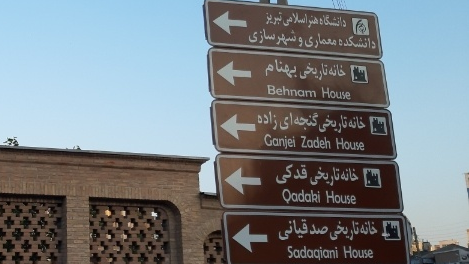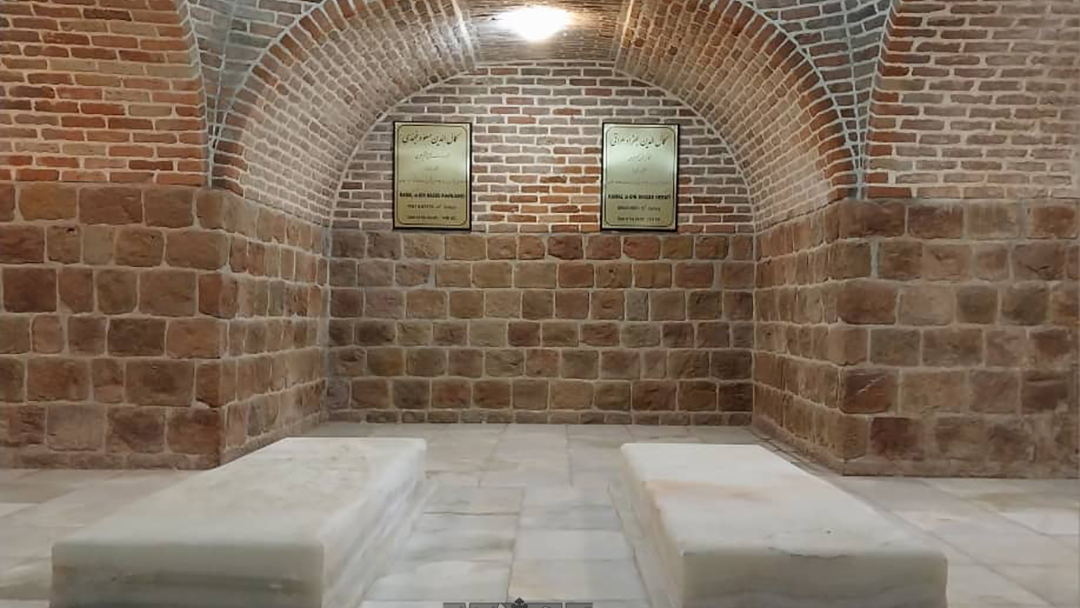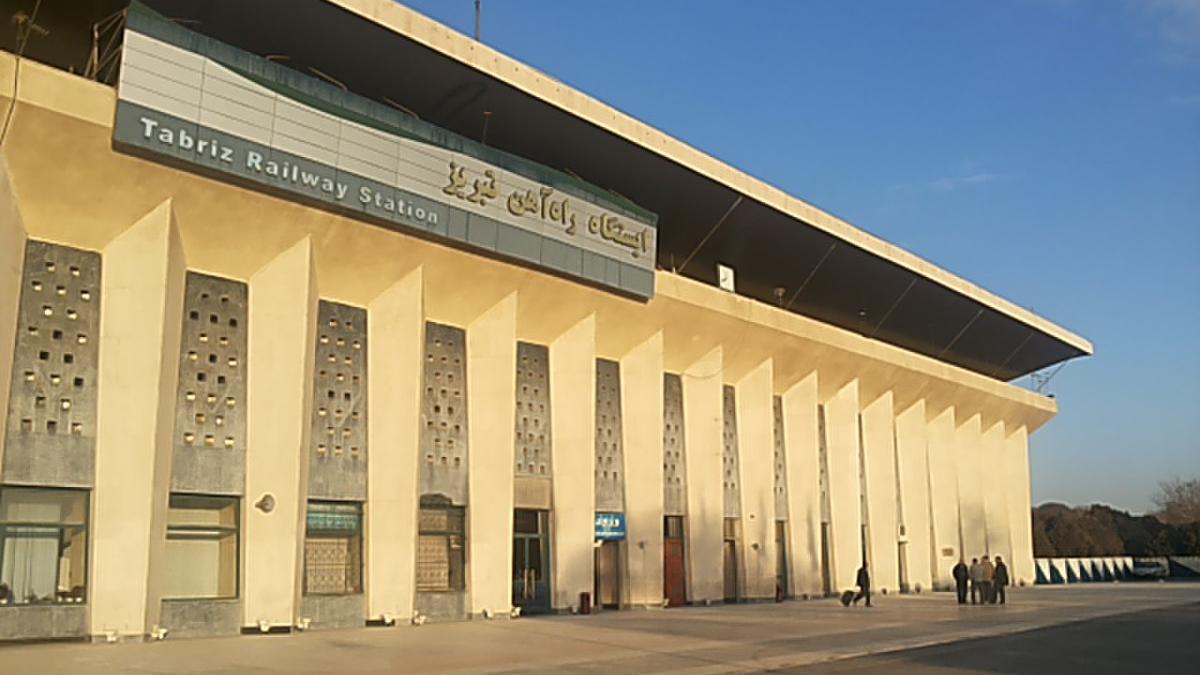
Qasr-e Abu Nasr and Barm-e Delak
Abu Nasr Palace and the rock reliefs of Barm-e Delak can be considered proof of the historical identity of Shiraz because these sites show that human settlement in the place we know today as Shiraz probably dates back more than 1700 years ago.
Abu Nasr Palace
Qasr-e Abu Nasr, which is also called “Takht-e Madar-r Sulayman”, “Takht-e Sulayman” or “Takht-e Abu Nasr”, is the remains of a building that was probably a palace. Based on the excavations done on this site, its age is estimated to be about 2500 years.
Location and History of Abu Nasr Palace
Keeping in view the remains of the building and the samples of pottery found in it, this site was probably built in the Parthian era (247 BC to 224 AD), which was also used during the Sassanid era (224 to 651 AD). There are several Chinese and Greek coins and seals among the artifacts discovered in this work, which show that this castle was once very prosperous and traders from faraway lands were in interaction with it.
Although this site was earlier some six kilometers away from Shiraz, due to the expansion of the city, it is considered a part of its urban area.
Archaeological Explorations Conducted in Abu Nasr Palace
A group from the University of Chicago and the Metropolitan Museum of New York did some explorations on this site from 1931 to 1933. In these explorations, they found certain urban remains related to the Parthian era and many pottery works, coins, and beads. The name “Shiraz” was written on one of these coins and the name “Ardeshir Khoreh” was written around it. Ardeshir Khoreh was one of the five districts of ancient Fars, which was attributed to Ardeshir Papakan, the founder of the Achaemenid dynasty.
Sometime later, some parts of the building were destroyed because some local peasants built houses for themselves using the stones available in this area. From the stone thresholds of the Achaemenid period, only one threshold is left on a wall of which a picture of a servant holding a dish can be recognized.
A number of motifs of the type found in Persepolis have been found in Abu Nasr Palace, which according to some archeological scientists had been transferred from Persepolis.
Barm-e Delak
Four kilometers away from Abu Nasr Palace, there is the historical area of Barm-e Delak, which is also known as a wetland and recreation place. There is a spring flowing from a mountain gap that forms a lagoon surrounded by reeds. A relief, probably related to Bahram II (reigned from 274 to 293 AD) and his wife Shapur Dokhtak can be seen inscribed on the part of the mountain neighboring the lake. In this picture, Bahram presents a lotus to his wife. There is an inscription, written in four or five lines in small script, under this petroglyph, most of its letters are now illegible. It seems that this inscription introduces the man who can be seen in the petroglyph. The woman seen in the petroglyph has outstretched her hand to take a flower and has covered her mouth with her other hand hidden in her sleeve. She has covered her plaited hair with a half-crown on top and strips and strands of fabric tied at the back of the head.
There are two other petroglyphs to the left of this petroglyph, each of which shows a male figure. The man on the left petroglyph is wearing a felt or cloth hat on which a blade can be seen. The man on the other petroglyph (probably Bahram II) has a large cap or crown, the front part of which is slightly raised.
As it seems, the artist intended to connect the pictures of two men, because these two are facing each other and talking. However, the gap in the mountain has prevented him from doing this. According to experts, the name of this area is also derived from the name of Bahram. Thus, Barm Delak is derived from the Middle Persian phrase “Bahram Dondalak” which means “Bahram’s heart”.
Abu Nasr Palace was inscribed on the list of Iran’s national heritage, under the name “Takht-e Sulayman” in 1931.
Abu Nasr Palace and the rock reliefs of Barm-e Delak can be considered proof of the historical identity of Shiraz.
| Name | Qasr-e Abu Nasr and Barm-e Delak |
| Country | Iran |
| State | Fars |
| City | Shiraz |
| Type | Historical |
| Registration | National |
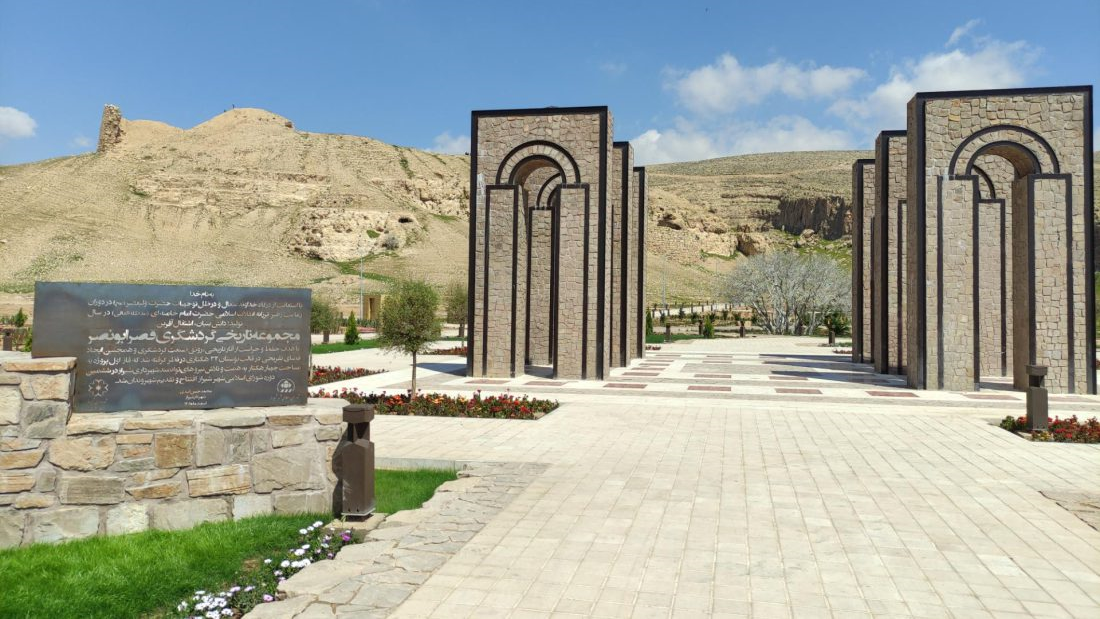
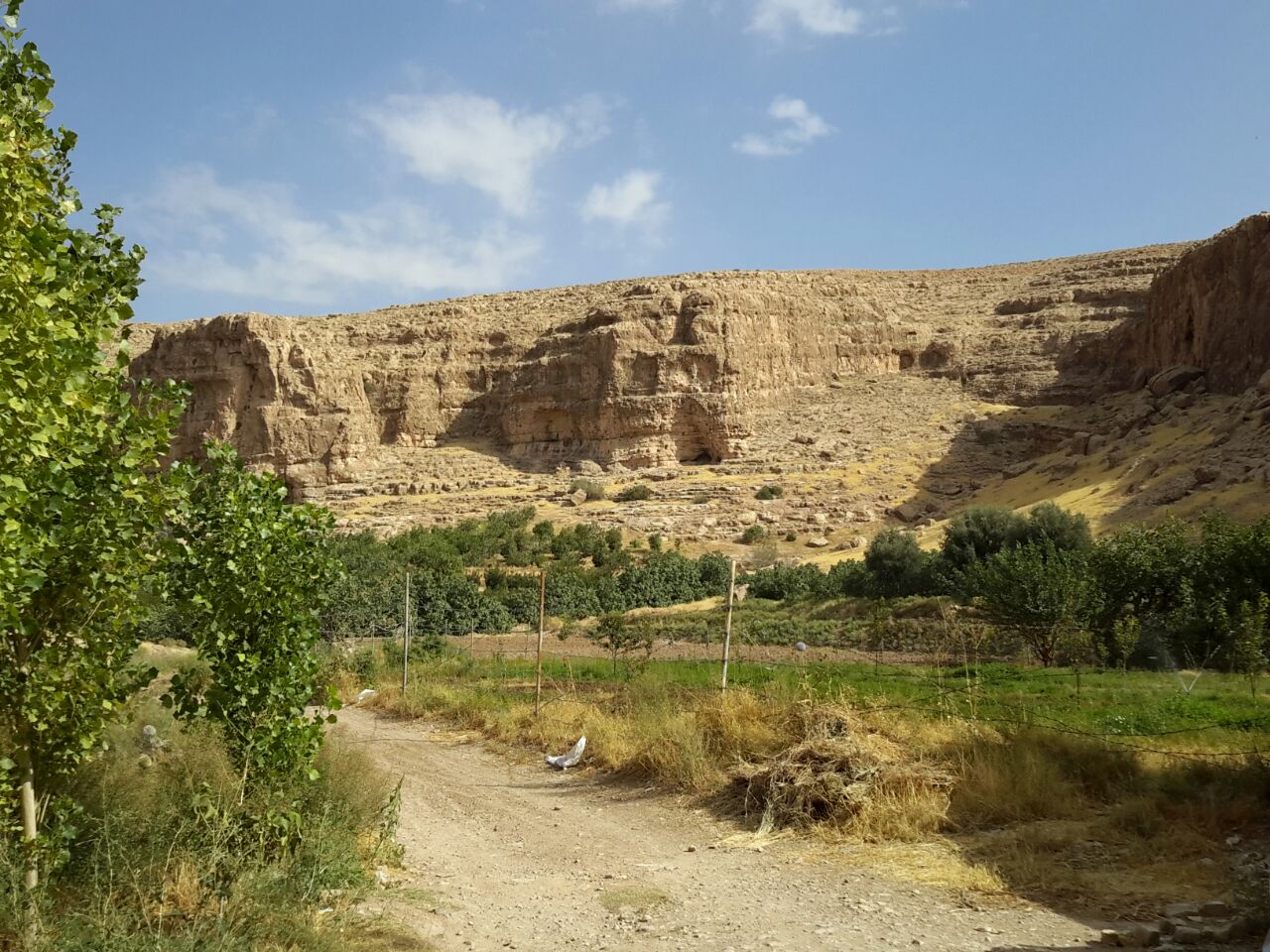
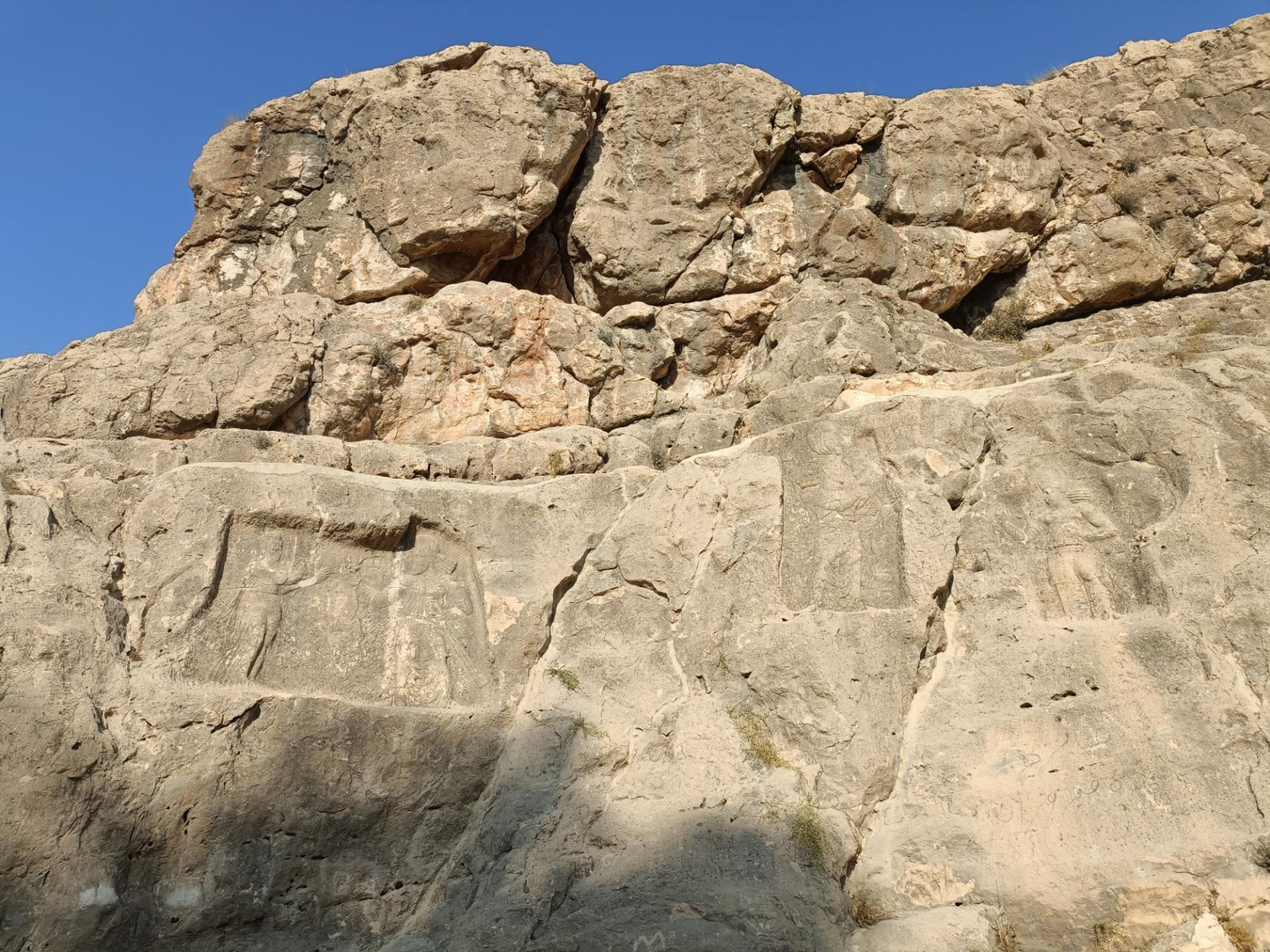



Choose blindless
Red blindless Green blindless Blue blindless Red hard to see Green hard to see Blue hard to see Monochrome Special MonochromeFont size change:
Change word spacing:
Change line height:
Change mouse type:
